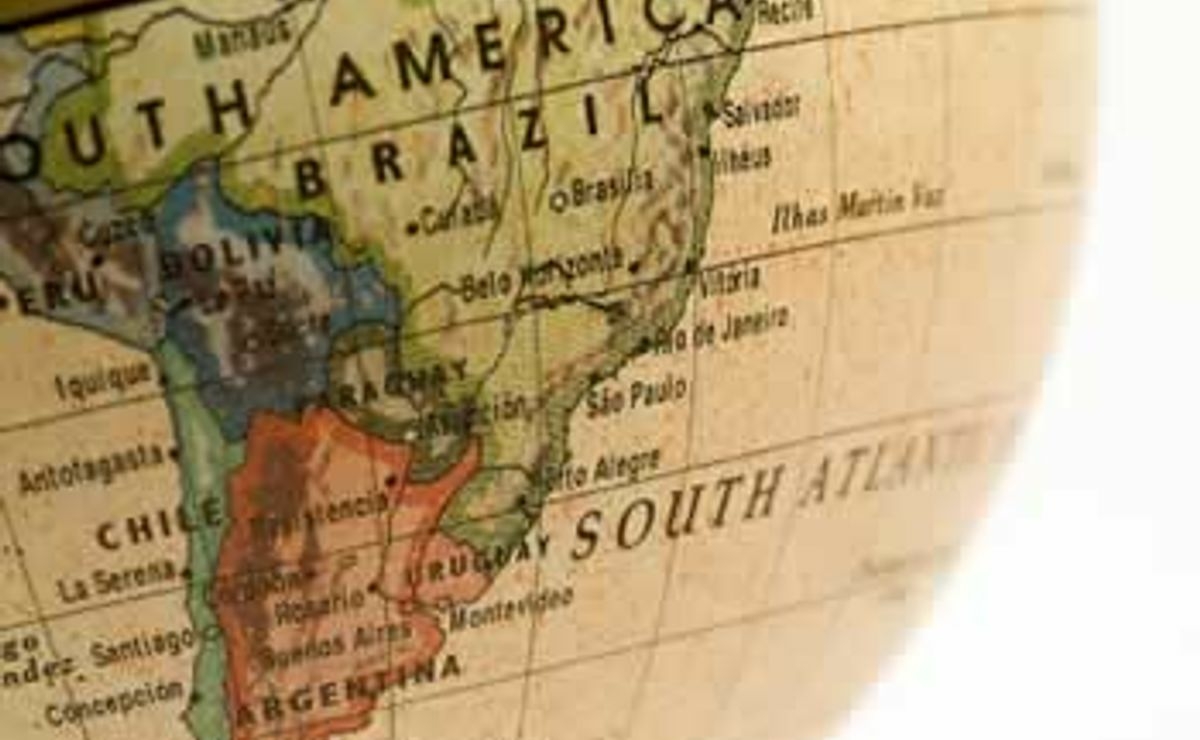(CNN) Even higher gas prices and soaring inflation are not slowing down Uber’s rise from the worst days of the pandemic.
Uber ( UBER ) said Tuesday that its revenue reached $8.1 billion in the three months ending in June, more than doubling from a year earlier as more customers turn to the ride-hailing service.
The number of consumers and drivers using the platform is “at an all-time high,” the company said in its quarterly earnings report. Uber recorded 122 million people using its platform each month, a 21% increase from the previous year.
Perhaps more impressive for a company with a history of significant losses, Uber said it had become cash-flow positive, meaning it was taking in more cash from operations than it was spending, excluding capital expenditures, which typically include real estate and other physical assets. The company said it generated $382 million in free cash flow during the quarter.
But Uber continued to be unprofitable largely because of its investments. Uber posted a net loss of $2.6 billion, much of which ($1.7 billion) was related to its investments in other international ride-hailing businesses such as Didi and Grab. (Didi in particular has been hit by a huge amount of regulatory pressure in China.)
Uber’s business offers a unique window into consumer trends more than two years into the pandemic that initially decimated demand for travel (hurting Uber’s Rides business) and accelerated the adoption of online food delivery (helping its Eats business). During the previous quarter that ended in March, the company reported that Rides bookings had exceeded pre-pandemic levels and delivery bookings were up 12% year-over-year.
Uber has continued to push its delivery offerings. Late last month, Uber announced a new grocery ordering service. While ordering groceries through Uber Eats has been available on the platform for two years, the update includes new options to encourage usage, such as advanced delivery scheduling, direct order tracking, and product replacement recommendations.
Uber CEO Dara Khosrowshahi said in a statement accompanying the results on Tuesday that the company “delivered balanced growth” and did so “on a platform that is bigger than ever, with the number of consumers using Uber and revenue now both at all-time highs .”
“No one wants a tough economic environment or elevated inflation that affects so many of us, including Uber drivers,” Khosrowshahi added on a conference call with analysts on Tuesday. But he said the economic environment has allowed Uber to show its strengths.
Shares of Uber rose more than 15% in early trading on Tuesday after the results.
Uber’s results come as much of the tech industry moves to hiring freezes and layoffs in an effort to cope with a financial downturn marked by soaring inflation, rising interest rates, fears of a looming recession and the fallout from the war in Ukraine.
Khosrowshahi told employees in May that the company would cut costs and rethink its approach to hiring amid a “seismic shift” in the market. On the call Tuesday, Khosrowshahi emphasized that the company can be, and has been, diligent with its spending and still grow. He also noted that Uber benefits not only from its size, but also from its range of business offerings.
“Looking at the competitive environment, this is the strongest we’ve felt competitively globally since Nelson and I probably started here,” Khosrowshahi said, referring to himself and the company’s chief financial officer, Nelson Chai. Khosrowshahi has been at the helm of Uber since 2017.
In a striking departure from the growth-at-any-cost model Uber popularized years ago, Khosrowshahi also noted, “You can’t use the road to glory in any business.”
Khosrowshahi said Uber has been able to “use discipline” as it makes improvements to its platform to better serve drivers. This includes better on-boarding to make it easier for workers to register and an easier way to switch between driving and delivery. “Right now the machine is working,” he said.
Last week, Uber announced it would expand its Upfront Fares feature to more US cities to give drivers more information about earnings and the customer’s destination before accepting a ride. Khosrowshahi said in the call that this feature is one of the most popular requests from drivers, while noting that “there’s a lot of algorithmic work that has to go into pricing that ride correctly.”



